
Exploring West Jerusalem: Where History Meets Modernity
West Jerusalem: A vibrant blend of history, culture, and modernity. Discover bustling markets, historic neighborhoods, world-class museums, and a diverse culinary scene.
West Jerusalem is a fascinating blend of old and new, where historic sites stand side by side with modern amenities. As you wander through its streets, you'll find a vibrant mix of cultures, religions, and lifestyles. This dynamic neighborhood offers a unique insight into the heart of Jerusalem, making it an essential stop for any tourist. Start your journey at the bustling Mahane Yehuda Market, known locally as 'The Shuk'. Here, you can immerse yourself in the local culture, sampling fresh produce, exotic spices, and delicious street food. The market is a sensory overload, filled with the sounds of haggling vendors and the scents of freshly baked bread and aromatic coffee. For a taste of history, visit the picturesque neighborhood of Nachlaot. This area is known for its narrow alleyways, charming courtyards, and historic synagogues. Each corner of Nachlaot tells a story, offering a glimpse into the diverse heritage of Jerusalem's Jewish community. If you're an art enthusiast, make sure to stop by the Israel Museum, home to an impressive collection of art and archaeology. The museum's highlights include the Dead Sea Scrolls and a vast array of artifacts from ancient times to the modern era. The nearby Bible Lands Museum also offers a captivating journey through the history of the region. West Jerusalem is also a hub for nightlife and dining. The trendy Emek Refaim Street in the German Colony is lined with cafes, restaurants, and boutiques. Whether you're in the mood for a casual meal or a fine dining experience, you'll find plenty of options to satisfy your palate. For a peaceful retreat, head to the serene Sacher Park. This green oasis in the heart of the city is perfect for a leisurely stroll, a picnic, or simply unwinding after a day of sightseeing. It is also a great spot for families, with playgrounds and open spaces for children to enjoy.
Local tips in West Jerusalem
- Visit Mahane Yehuda Market in the morning to avoid crowds and get the freshest produce.
- Wear comfortable walking shoes as the streets in Nachlaot and other historic areas are often uneven.
- Check the opening hours of the Israel Museum and plan your visit accordingly to make the most of your time.
- Try local eateries in Emek Refaim Street for an authentic dining experience.
- Carry water and sunscreen when visiting Sacher Park, especially during the summer months.
Exploring West Jerusalem: Where History Meets Modernity
West Jerusalem is a fascinating blend of old and new, where historic sites stand side by side with modern amenities. As you wander through its streets, you'll find a vibrant mix of cultures, religions, and lifestyles. This dynamic neighborhood offers a unique insight into the heart of Jerusalem, making it an essential stop for any tourist. Start your journey at the bustling Mahane Yehuda Market, known locally as 'The Shuk'. Here, you can immerse yourself in the local culture, sampling fresh produce, exotic spices, and delicious street food. The market is a sensory overload, filled with the sounds of haggling vendors and the scents of freshly baked bread and aromatic coffee. For a taste of history, visit the picturesque neighborhood of Nachlaot. This area is known for its narrow alleyways, charming courtyards, and historic synagogues. Each corner of Nachlaot tells a story, offering a glimpse into the diverse heritage of Jerusalem's Jewish community. If you're an art enthusiast, make sure to stop by the Israel Museum, home to an impressive collection of art and archaeology. The museum's highlights include the Dead Sea Scrolls and a vast array of artifacts from ancient times to the modern era. The nearby Bible Lands Museum also offers a captivating journey through the history of the region. West Jerusalem is also a hub for nightlife and dining. The trendy Emek Refaim Street in the German Colony is lined with cafes, restaurants, and boutiques. Whether you're in the mood for a casual meal or a fine dining experience, you'll find plenty of options to satisfy your palate. For a peaceful retreat, head to the serene Sacher Park. This green oasis in the heart of the city is perfect for a leisurely stroll, a picnic, or simply unwinding after a day of sightseeing. It is also a great spot for families, with playgrounds and open spaces for children to enjoy.
Iconic landmarks you can’t miss
Western Wall
Discover the spiritual heart of Jerusalem at the Western Wall, a historical site where faith and history intertwine in a timeless embrace.
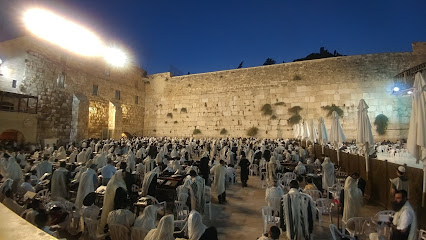
Tower of David
Discover the Tower of David, a historic fortress museum in Jerusalem offering captivating exhibits and stunning views of the ancient city.
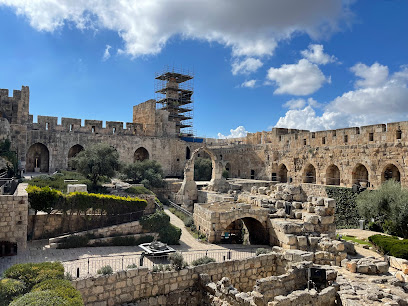
Damascus Gate
Explore the iconic Damascus Gate, a stunning entrance to Jerusalem's Old City rich in history, culture, and vibrant local life.
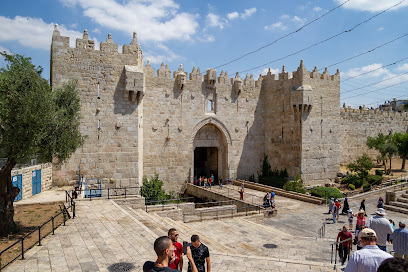
The Garden Tomb Jerusalem
Discover the serene beauty and spiritual significance of the Garden Tomb, a historic site in Jerusalem offering tranquility amidst lush gardens.
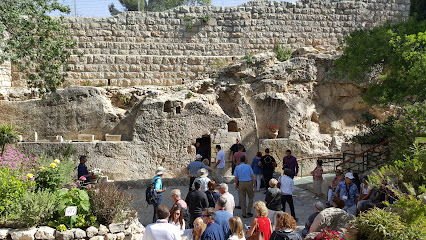
The Western Wall Excavations
Discover the profound history and spirituality at the Western Wall Excavations, a significant archaeological site in the heart of Jerusalem.
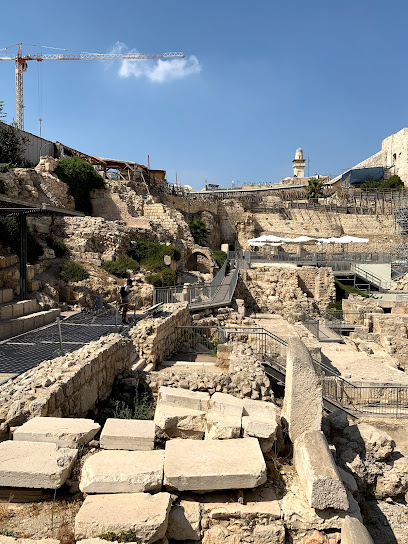
Bible Hill
Explore Bible Hill, a tranquil nature preserve in Jerusalem, where stunning views and rich history await nature enthusiasts and culture seekers alike.
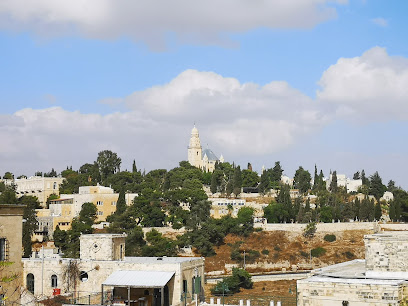
הקרן למורשת הכותל המערבי | סיורי סליחות | סיורים לקבוצות | טיולים בירושלים | סיורי חנוכיות | בר מצווה | בת מצווה | חלאקה
Explore the Kotel National Reserve, a serene blend of spirituality and history in Jerusalem, perfect for a reflective visit amidst stunning landscapes.
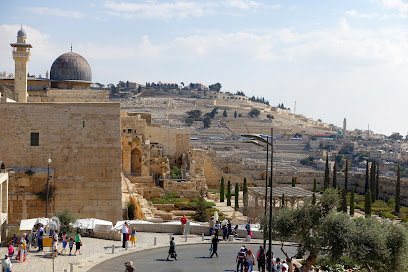
Southern Wall
Discover the Southern Wall in Jerusalem, a majestic historical landmark that connects you to the ancient heritage of this iconic city.
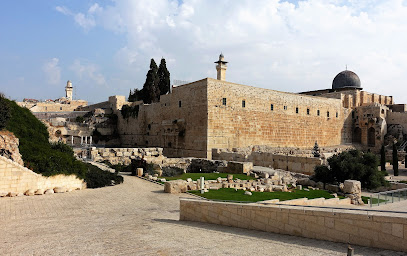
המסע לירושלים
Discover the spiritual heart of Jerusalem at the Western Wall, a sacred site of prayer and reflection steeped in rich history.
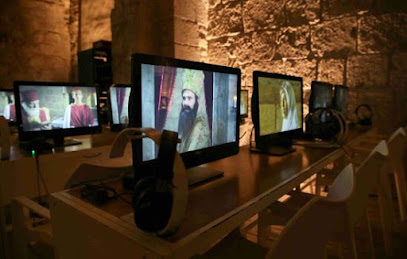
אתר מורשת - עיר דוד - ירושלים
Discover the ancient wonders of the City of David, a historical landmark in Jerusalem that reveals the rich heritage and stories of the world's oldest city.
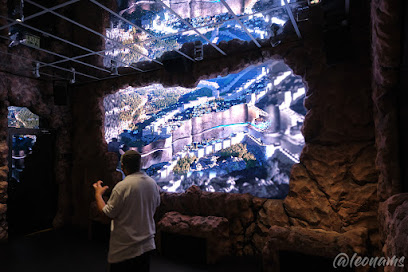
Unmissable attractions to see
Ein Yael outdoor museum
Explore history and nature at Ein Yael Outdoor Museum in Jerusalem, an engaging destination for families and culture enthusiasts.
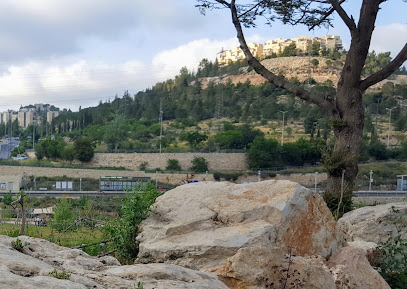
Mount Zion
Explore Mount Zion, a historic landmark in Jerusalem, where spirituality meets stunning views in a serene atmosphere.
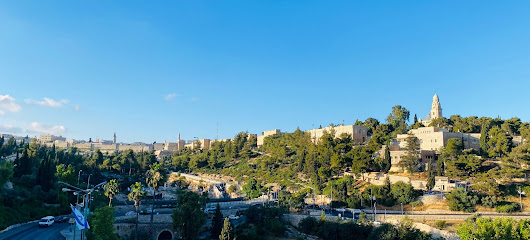
Western Wall Observation Deck
Discover the breathtaking views and spiritual ambiance at the Western Wall Observation Deck in Jerusalem, a must-visit for travelers seeking history and tranquility.

Covered car statue
Explore Jerusalem's Covered Car Statue, a captivating blend of art and mystery that enchants visitors and sparks curiosity.
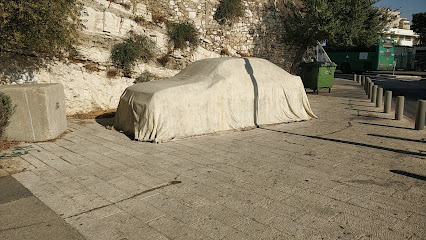
Essential places to dine
Machneyuda
Indulge in high-end gourmet dining at Machneyuda in Jerusalem, where local flavors meet innovative culinary artistry.
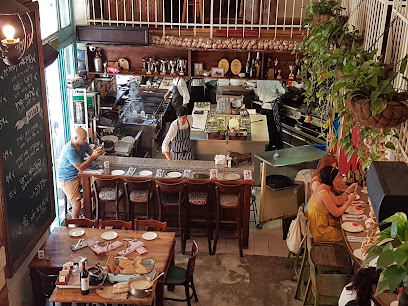
Piccolino
Experience authentic Italian cuisine at Piccolino in Jerusalem—where every meal is crafted with passion and tradition.
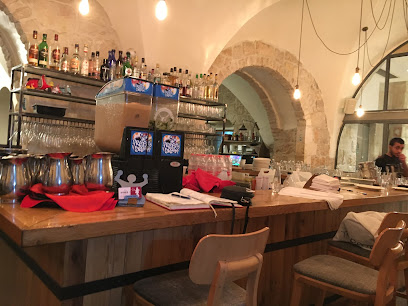
Tmol Shilshom
Discover Tmol Shilshom: A charming kosher restaurant in Jerusalem offering delightful traditional and modern Israeli cuisine in a cozy setting.
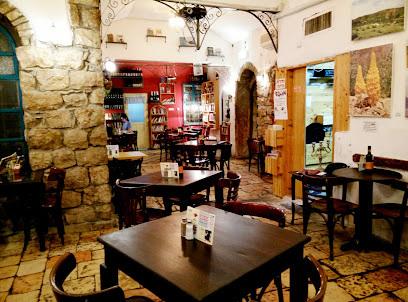
זוני ZUNI
Experience the vibrant culinary scene at ZUNI, where every dish tells a story of Jerusalem's rich flavors and traditions.
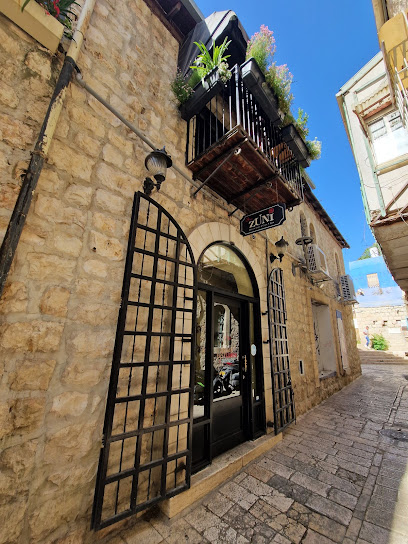
Talbiye
Discover the elegance of French cuisine at Talbiye, Jerusalem's premier destination for exquisite dining experiences.

Mona
Discover exquisite French fine dining at Mona in Jerusalem - where culinary artistry meets exceptional service.
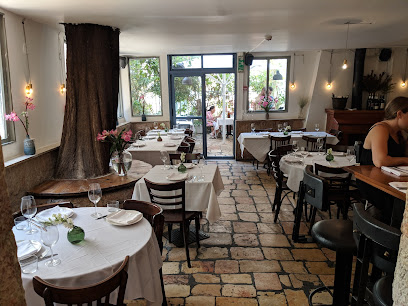
Chakra
Experience exquisite Mediterranean fine dining at Chakra in Jerusalem - where culinary artistry meets elegance.
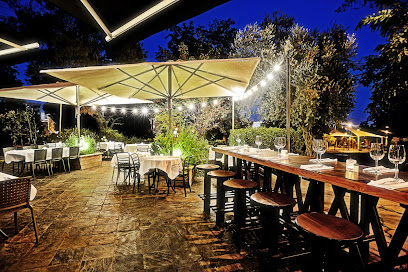
Pergamon restaurant - מסעדת פרגמון
Experience authentic Mediterranean cuisine at Pergamon restaurant in Jerusalem - where vegan delights meet classic flavors in a charming setting.
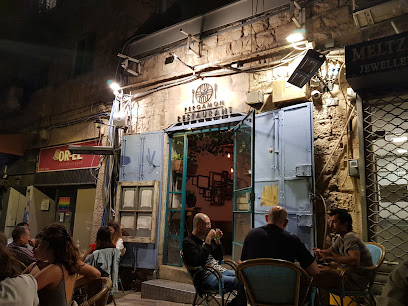
Cloves Restaurant
Experience exquisite Mediterranean flavors at Cloves Restaurant in Jerusalem, where culinary tradition meets modern dining.
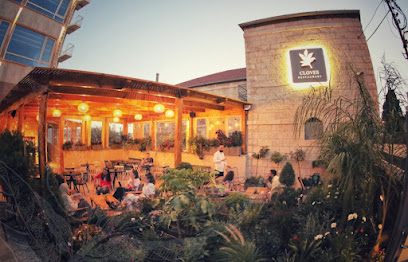
Roots Restaurant
Experience the essence of Middle Eastern cuisine at Roots Restaurant in Jerusalem—where tradition meets innovation in every dish.
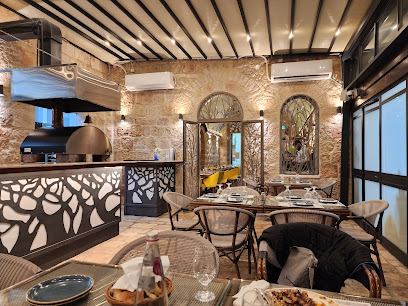
Markets, malls and hidden boutiques
Alrov Mamilla Avenue
Discover Alrov Mamilla Avenue, Jerusalem's premier shopping destination featuring luxury boutiques, dining, and cultural experiences all in one vibrant avenue.
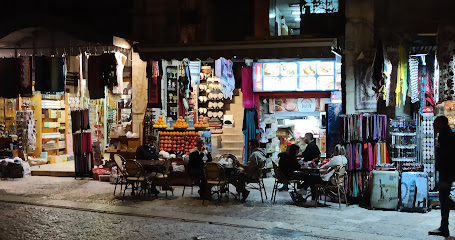
Ha'metzi'on second-hand stores
Discover vintage treasures and unique styles at Ha'metzi'on Second-Hand Stores, a sustainable shopping haven in Jerusalem.
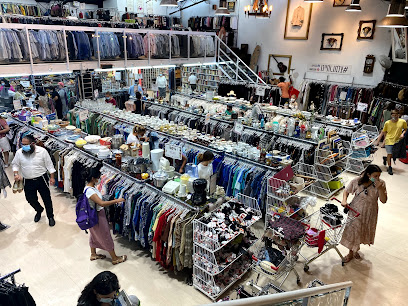
Zak’s Jerusalem Gifts
Explore the essence of Jerusalem at Zak’s Jerusalem Gifts, where antiques meet authentic souvenirs in a captivating shopping experience.
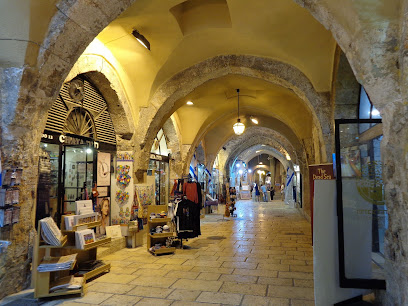
Old City Bazaar
Explore the lively Old City Bazaar in Jerusalem, where history meets vibrant culture through unique gifts and local flavors.
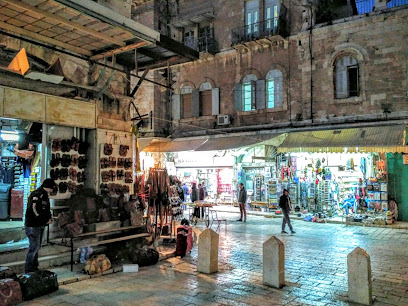
Jerusalem New Souvenir Store
Explore the vibrant Jerusalem New Souvenir Store for authentic handicrafts, unique artworks, and local delicacies that capture the spirit of the city.
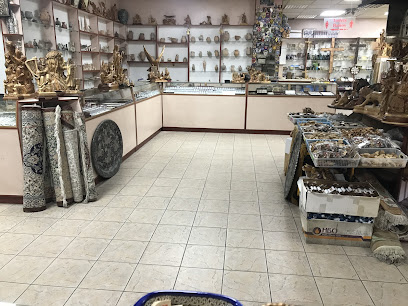
Old City Gift Shop - Souvenirs, Jewellery & Judaica in Jerusalem
Explore the Old City Gift Shop for unique souvenirs, stunning jewelry, and authentic Judaica that capture the spirit of Jerusalem.
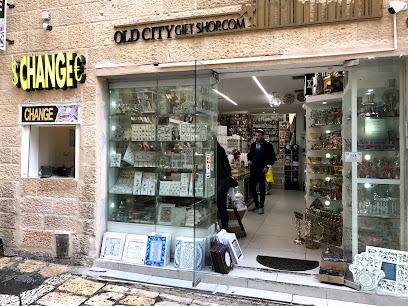
Garden Of Eden Bazzar
Experience the bustling atmosphere and unique finds at the Garden of Eden Bazaar, a vibrant shopping destination in Jerusalem.
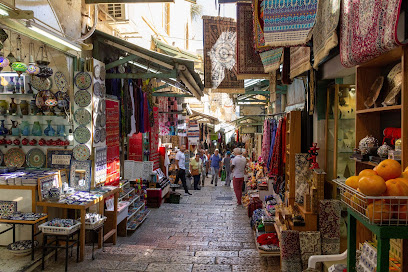
The holy land gift shops
Explore The Holy Land Gift Shops for unique souvenirs, artistic handicrafts, and treasures that capture the essence of Jerusalem.
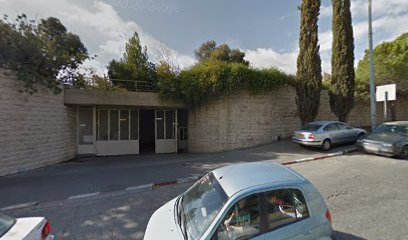
Jerusalem Shopping
Shop unique gifts and artisan treasures at Jerusalem Shopping, your go-to boutique for unforgettable souvenirs in the heart of the city.
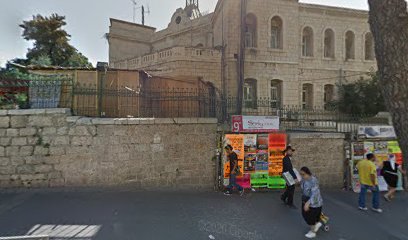
Iran Bazar
Explore Iran Bazar in Jerusalem for unique souvenirs that capture the essence of the city’s rich culture and artistry.
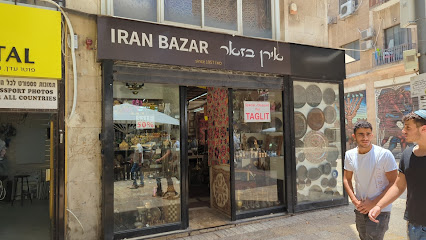
Essential bars & hidden hideouts
Gatsby Cocktail Room
Experience the vibrant nightlife at Gatsby Cocktail Room in Jerusalem, where expertly crafted cocktails and a sophisticated atmosphere await.
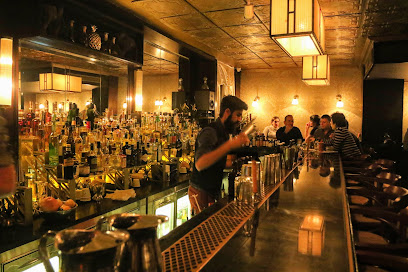
Glen Whisk(e)y bar
Discover Glen Whisk(e)y Bar in Jerusalem, where over 150 whiskies and craft cocktails await to elevate your night out.
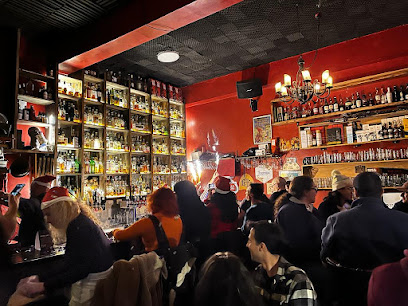
The Sira Pub
Experience the vibrant atmosphere and local charm at The Sira Pub in Jerusalem, where great drinks and lively entertainment await.
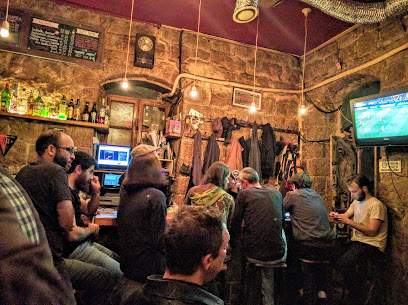
Wine Bar
Discover Jerusalem's Wine Bar: a cozy spot for exquisite wines and delightful small plates in the heart of the city.
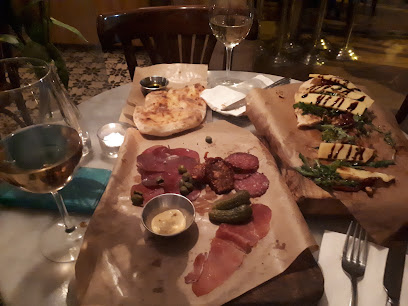
Half parrot
Experience the vibrant nightlife at Half Parrot, a must-visit bar in Jerusalem offering great drinks and a lively atmosphere.

Rabbit Hole
Discover Rabbit Hole, Jerusalem's top cocktail bar, where unique flavors and a vibrant atmosphere create unforgettable nights out.
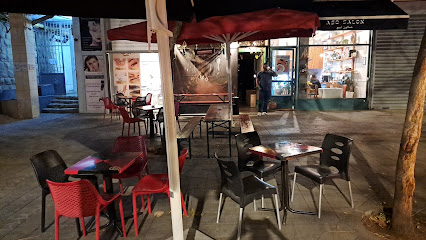
טרומפלדור בר - Trumpeldor bar
Discover the vibrant flavors and lively atmosphere of Trumpeldor Bar in Jerusalem, where Israeli cuisine meets craft beer and cocktails.
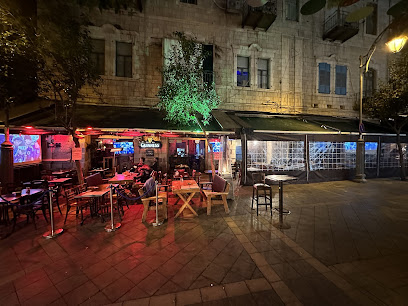
The Red Lady
Experience the vibrant nightlife of Jerusalem at The Red Lady, your go-to cocktail bar for innovative drinks and a lively atmosphere.
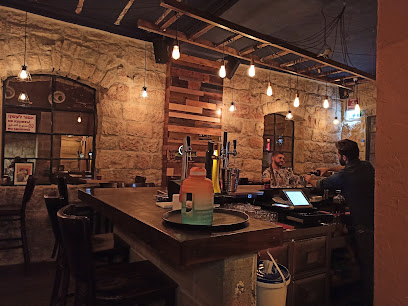
Bar yanai
Discover Bar Yanai, Jerusalem's premier cocktail bar, where master mixology meets a vibrant nightlife scene in the heart of the city.
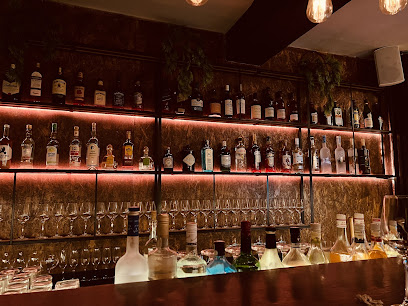
Cellar Bar Jerusalem
Experience the vibrant nightlife of Jerusalem at Cellar Bar, where unique drinks and a lively atmosphere await you.
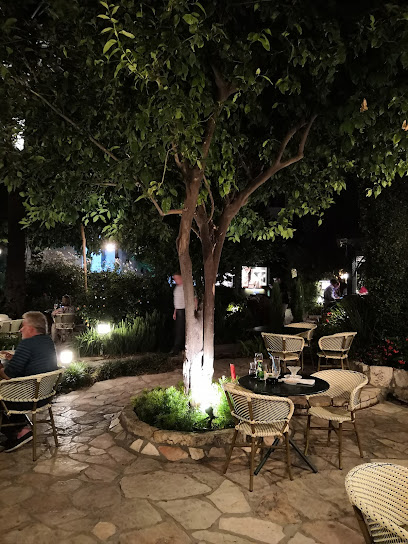
Local Phrases
-
- Helloשָׁלוֹם
[Shalom] - Goodbyeלְהִתְרָאוֹת
[Lehitraot] - Yesכֵּן
[Ken] - Noלֹא
[Lo] - Please/You're welcomeבְּבַקָּשָׁה
[Bevakasha] - Thank youתוֹדָה
[Toda] - Excuse me/Sorryסְלִיחָה
[Slicha] - How are you?אֵיך אתה?
[Eich atah?] - Fine. And you?טוֹב. וָאַתָּה?
[Tov. Va'atah?] - Do you speak English?הֲאַתָּה מְדַבֵּר אַנְגְלִית?
[Ha'atah medaber anglit?] - I don't understandאני לא מבין
[Ani lo mevin]
- Helloשָׁלוֹם
-
- I'd like to see the menu, pleaseאֲנִי רוֹצֶה לִרְאוֹת אֶת הַתַּפְרִיט, בְּבַקָּשָׁה
[Ani rotze lirot et hatafrit, bevakasha] - I don't eat meatאני לא אוכל בשר
[Ani lo ochel basar] - Cheers!לְחַיִים!
[Lechayim!] - I would like to pay, pleaseאֲנִי רוֹצֶה לְשַׁלֵם, בְּבַקָּשָׁה
[Ani rotze leshalem, bevakasha]
- I'd like to see the menu, pleaseאֲנִי רוֹצֶה לִרְאוֹת אֶת הַתַּפְרִיט, בְּבַקָּשָׁה
-
- Help!עזור!
[Ezor!] - Go away!לְך לְך!
[Lech lech!] - Call the Police!תקרא למשטרה!
[Tikra lameshara!] - Call a doctor!תקרא לרופא!
[Tikra larofe!] - I'm lostאני אבוד
[Ani avud] - I'm illאני חולה
[Ani choleh]
- Help!עזור!
-
- I'd like to buy...אני רוצה לקנות...
[Ani rotze liknot...] - I'm just lookingאני רק צופה
[Ani rak tzofeh] - How much is it?כמה עולה זה?
[Kama oleh ze?] - That's too expensiveזה יקר מדי
[Ze yakar m'dai] - Can you lower the price?אתה יכול להוריד את המחיר?
[Ata yachol lehorid et hamachir?]
- I'd like to buy...אני רוצה לקנות...
-
- What time is it?מה השעה?
[Ma hasha'a?] - It's one o'clockהשעה חד
[Hasha'a chad] - Half past (10)חצי (עשר)
[Chatzi (eser)] - Morningבוקר
[Boker] - Afternoonצהריים
[Tzohorayim] - Eveningערב
[Erev] - Yesterdayאתמול
[Etmol] - Todayהיום
[Hayom] - Tomorrowמחר
[Machar] - 1אחד
[Echad] - 2שנים
[Shnayim] - 3שלוש
[Shlosh] - 4ארבע
[Arba] - 5חמש
[Chamesh] - 6שש
[Shesh] - 7שבע
[Sheva] - 8שמונה
[Shmoneh] - 9תשע
[Tisha] - 10עשר
[Eser]
- What time is it?מה השעה?
-
- Where's a/the...?איפה נמצא...
[Eifo nimtza...] - What's the address?מה הכתובת?
[Ma hakatovet?] - Can you show me (on the map)?אתה יכול להראות לי (על המפה)?
[Ata yachol leharot li (al hamapa)?] - When's the next (bus)?מתי האוטובוס הבא?
[Matai haotobus haba?] - A ticket (to ....)כרטיס (ל...)
[Kartis (le...)]
- Where's a/the...?איפה נמצא...
History of West Jerusalem
-
West Jerusalem's transformation began during the Ottoman Empire, which ruled from 1517 to 1917. The Ottomans initiated significant urban development, including the construction of new neighborhoods. This period saw the establishment of the modern city layout, with developments such as the construction of the new gates in the city walls and the establishment of public buildings, including mosques, schools, and markets, which laid the groundwork for the city's diverse cultural landscape.
-
During the British Mandate (1920-1948), West Jerusalem experienced a cultural renaissance. The British administration invested in infrastructure, leading to the establishment of institutions such as the Hebrew University of Jerusalem in 1925. The period also witnessed the growth of Jewish neighborhoods, marking a significant demographic shift. Cultural institutions flourished, and the arts, literature, and education thrived, reflecting the aspirations of the Jewish community in the city.
-
The 1948 Arab-Israeli War resulted in the division of Jerusalem, with West Jerusalem becoming predominantly Jewish and East Jerusalem, including the Old City, coming under Jordanian control. This division marked a significant turning point in the city's history, influencing its demographics, politics, and cultural identity. West Jerusalem developed as Israel's capital, while East Jerusalem remained largely isolated from the changes occurring in the west.
-
After the Six-Day War in 1967, Israel captured East Jerusalem, leading to the unification of the city. This event significantly impacted West Jerusalem's cultural and political landscape. The Israeli government promoted the development of West Jerusalem, enhancing its role as the nation’s administrative and cultural hub, while ongoing tensions regarding the status of East Jerusalem continued to shape the region’s dynamics.
-
In recent years, West Jerusalem has become a vibrant center of cultural diversity, with a growing representation of various communities, including Jewish, Arab, and international populations. The neighborhood is home to numerous cultural institutions, galleries, and restaurants that reflect this diversity. Events such as the Jerusalem Festival and various arts initiatives have further established West Jerusalem as a dynamic cultural hub, promoting coexistence amidst the complex historical backdrop.
West Jerusalem Essentials
-
West Jerusalem is easily accessible from other neighborhoods in Jerusalem. If you're coming from East Jerusalem, you can take a bus from the Damascus Gate area, which will take you directly to various points in West Jerusalem. The light rail system also connects East and West Jerusalem, with several stops in the city center. Taxis and ride-sharing services are widely available and can be a convenient option to reach your destination.
-
West Jerusalem is well-serviced by public transport, including buses and the light rail. The light rail runs from the city center to various neighborhoods, making stops at key attractions. Buses are frequent and cover a wider area, but schedules may vary. For a more leisurely experience, consider renting a bicycle through local bike-sharing programs. Walking is also a great option, as many attractions are within walking distance.
-
West Jerusalem is generally safe for tourists, but standard precautions should be taken. Areas such as the Mahane Yehuda Market can be crowded, so keep an eye on your belongings. While violent crime is rare, petty theft can occur, particularly in busy tourist spots. It is advisable to avoid walking alone late at night in less populated areas.
-
In case of an emergency, dial 100 for police, 101 for medical assistance, and 102 for fire services. Emergency rooms are available at major hospitals such as Hadassah Medical Center. It’s recommended to have travel insurance that covers medical emergencies. For minor health issues, pharmacies are widely available.
-
Fashion: Do dress modestly, especially when visiting religious sites. Avoid shorts and sleeveless tops. Religion: Do respect local customs, particularly in religious areas. Always observe proper decorum in synagogues. Public Transport: Do be courteous and offer your seat to the elderly. Don't eat or drink on public transport. Greetings: Do greet with a handshake; a smile goes a long way. Eating & Drinking: Do savor local dishes at restaurants and cafes. Don’t refuse food or drink when offered, as it is considered impolite.
-
To experience West Jerusalem like a local, explore the vibrant Mahane Yehuda Market, especially on Friday mornings before Shabbat. Visit local cafes to enjoy traditional Israeli coffee and pastries. Engage with shopkeepers and locals; they often share great stories and recommendations. If you have time, take a stroll through the beautiful Yemin Moshe neighborhood for stunning views of the Old City.













